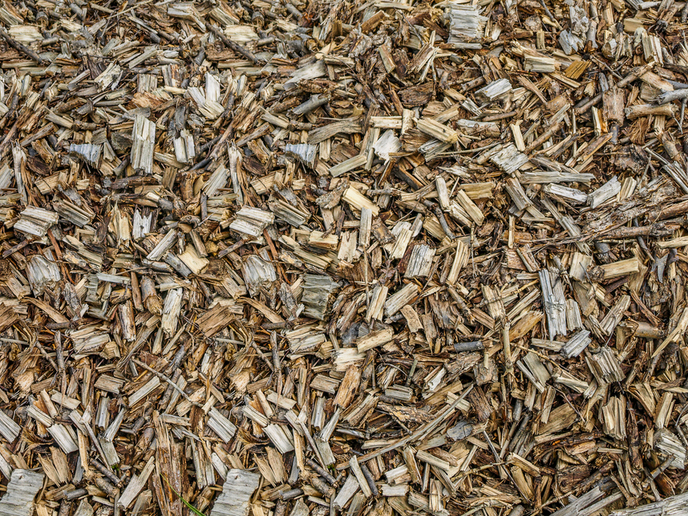Taking solid-state devices into a new dimension
There are other major routes that can push the Si semiconductor technology beyond its limits. The integration of low-cost Si with other high-performance materials and use of new nano-scale device structures are under extensive investigation. At such scales, the quantum-physical effects become important and provide advanced functionalities for photonic and electronic units. The EU-funded project III-V NWS ON SI merged these two routes in a bid to allow the race for miniaturisation to continue and develop powerful devices. Scientists worked on integrating compound semiconductor nanostructures — based on materials in groups III-V — on Si. Focus was placed on direct band-gap semiconductor nanowires of the GaAs family that are materials of high-optical activity and high-electron mobility. They also enable precise tuning of many intrinsic properties through heterostructure and band-gap engineering with related alloys. Their one-dimensional geometry offers the possibility to exploit the awesome potential of quantum-physical effects and be integrated on very dissimilar substrates such as Si. Scientists employed the molecular beam epitaxy method to fabricate crystalline semiconductor materials. Based on this, completely catalyst-free indium (In)Ga and GaAs nanowires were grown on Si with superior morphological and compositional homogeneity. By employing diverse nanometrology techniques, structural, optical and electronic nanowire properties were characterised and tuned to get devices with exceptional functionalities. Project achievements included an optically pumped nanowire laser, emitting infrared light, by using surface passivated GaAs and AlGaAs core-shell nanowires. Furthermore, project members developed nanowire-based tunnel diodes integrated on Si that can be used in tunnelling field-effect transistors. Finally, a core-shell nanowire heterostructure that incorporates modulation doping led to much higher electron mobilities compared to the state of the art. The project findings play an important role in Europe's drive toward ultra-small, high-efficiency solid-state devices. These can find application in a range of different fields such as integrated nanophotonics, light emitters and absorbers, sensing, and information and communication technology.







